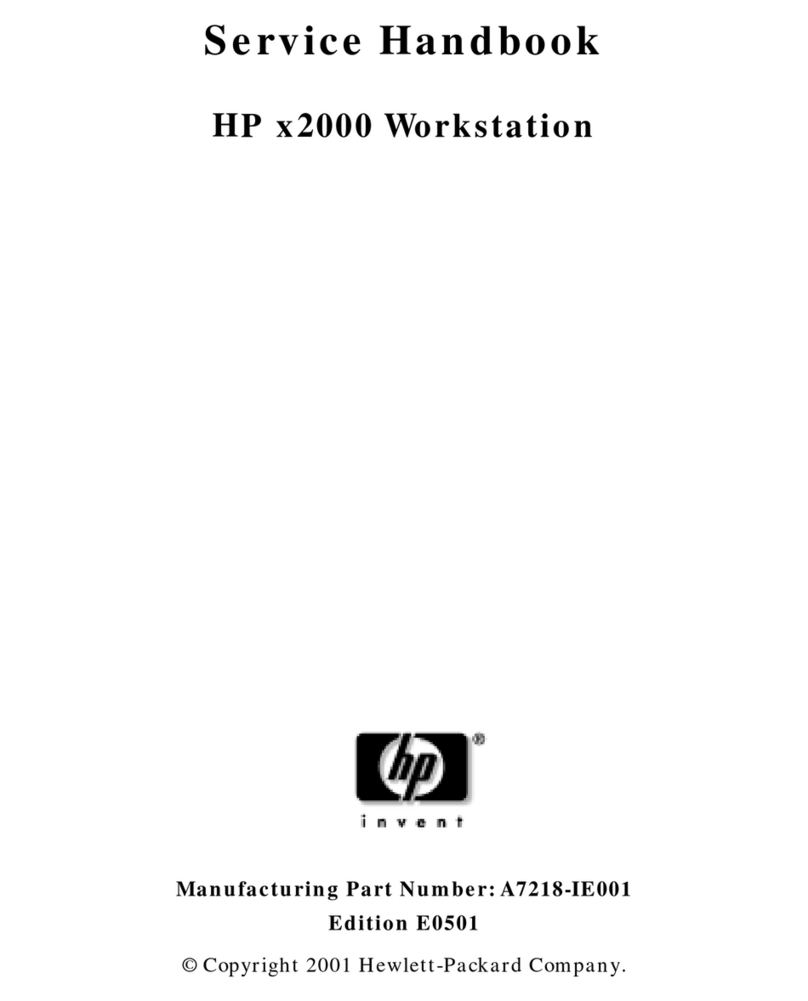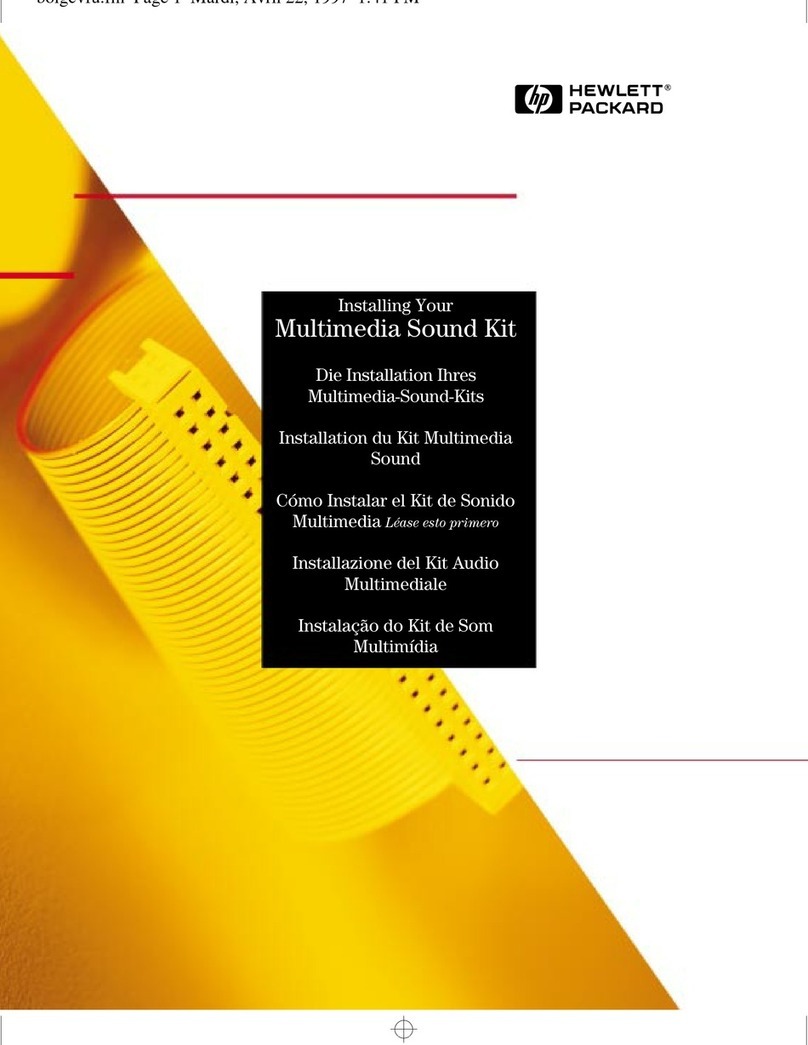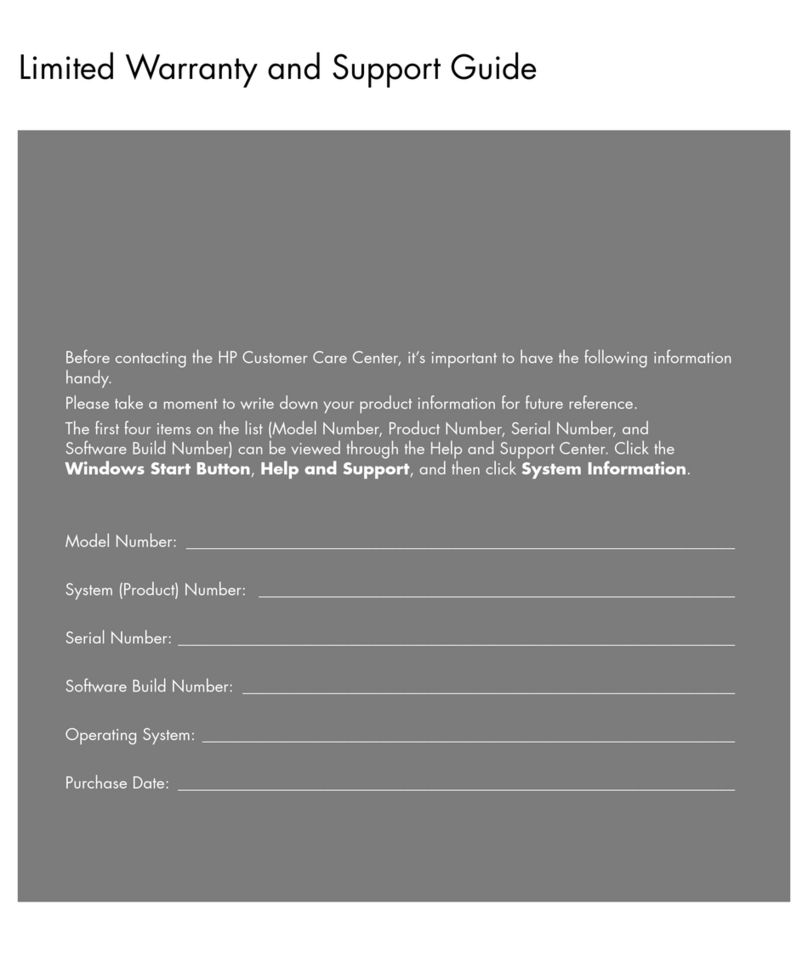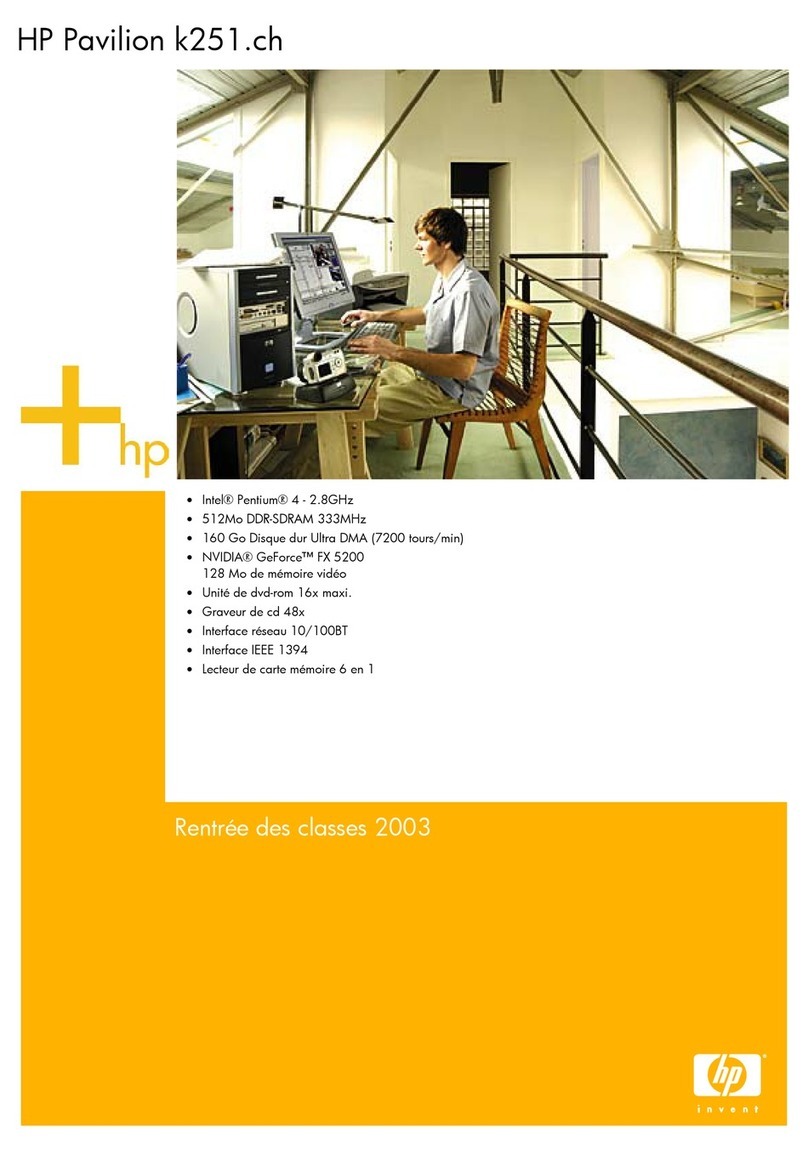HP Deskjet 3000 User manual
Other HP Desktop manuals

HP
HP Vectra VE4 User manual
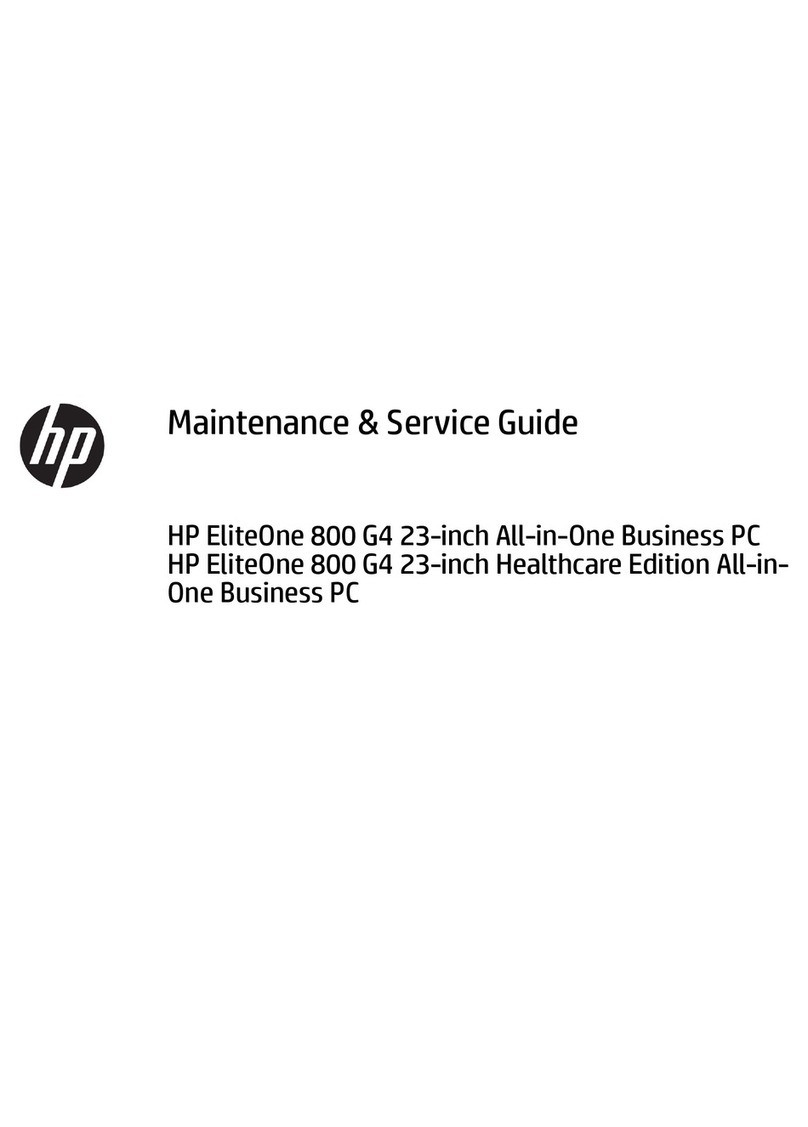
HP
HP EliteOne 800 G4 User manual
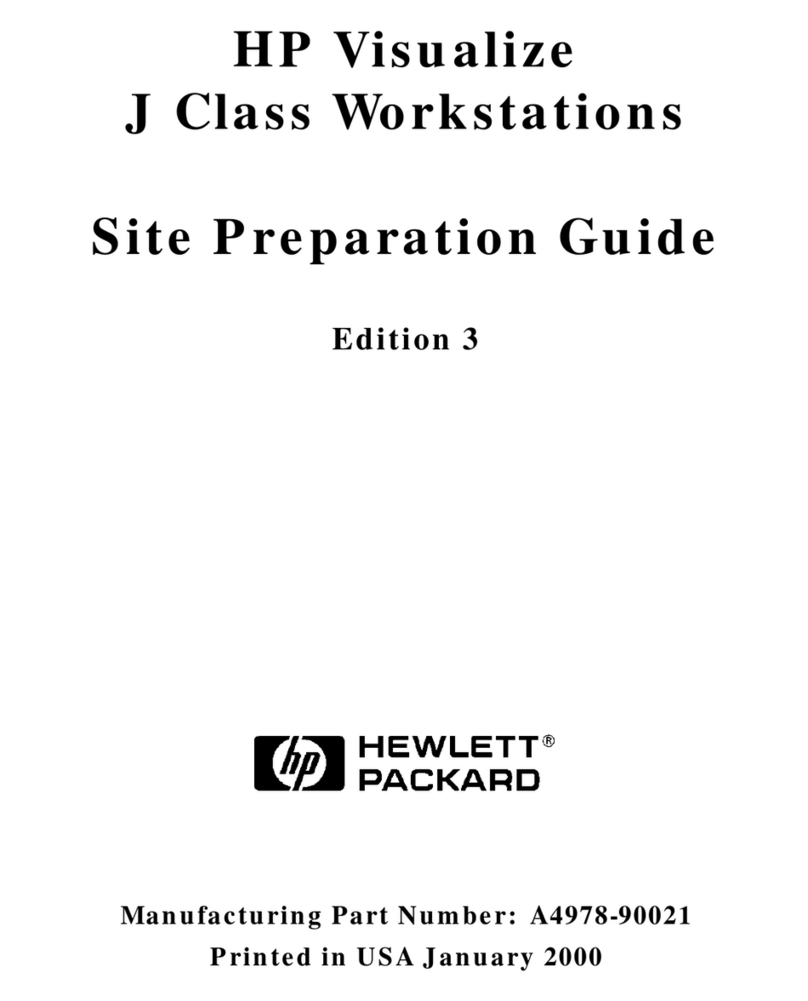
HP
HP Visualize J5000 User manual
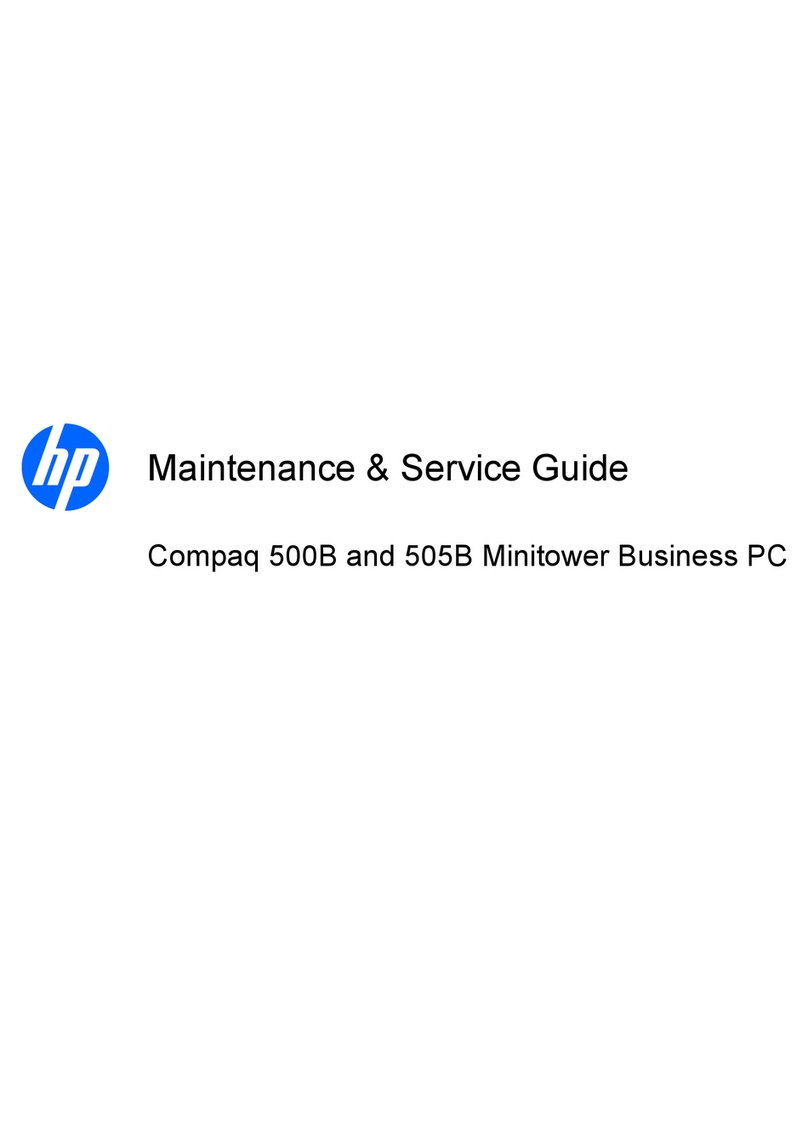
HP
HP Compaq 500B Microtower Manual
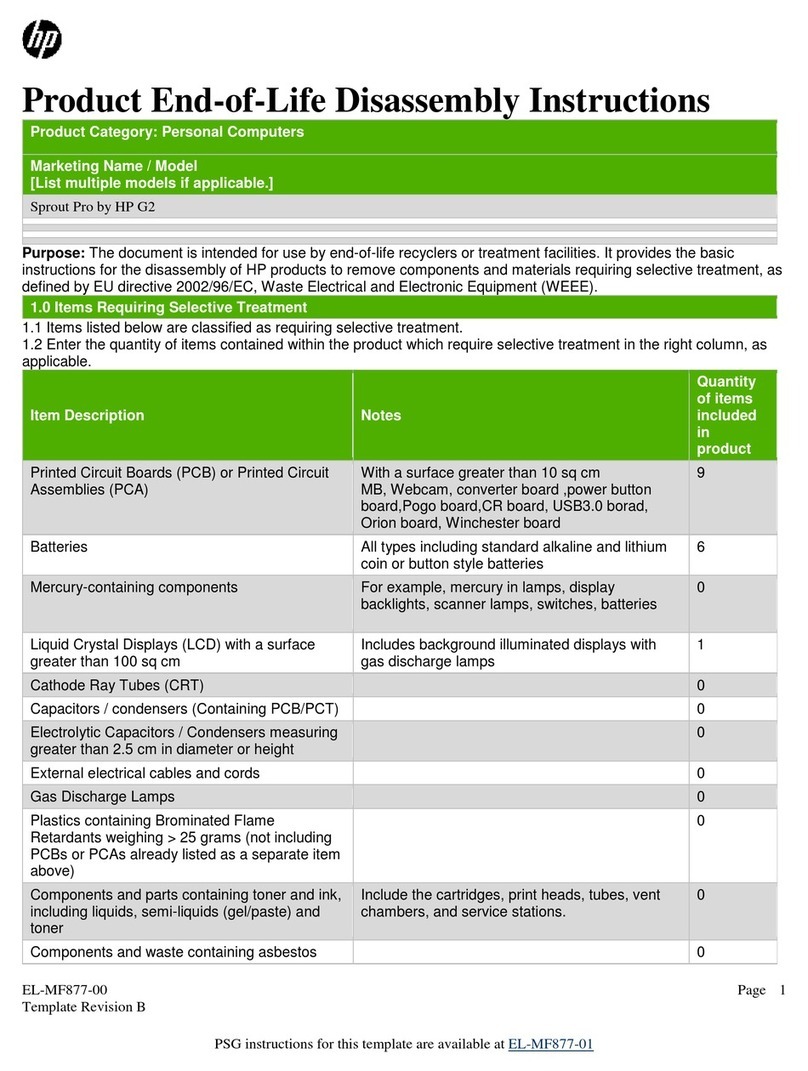
HP
HP Sprout Pro G2 Assembly instructions
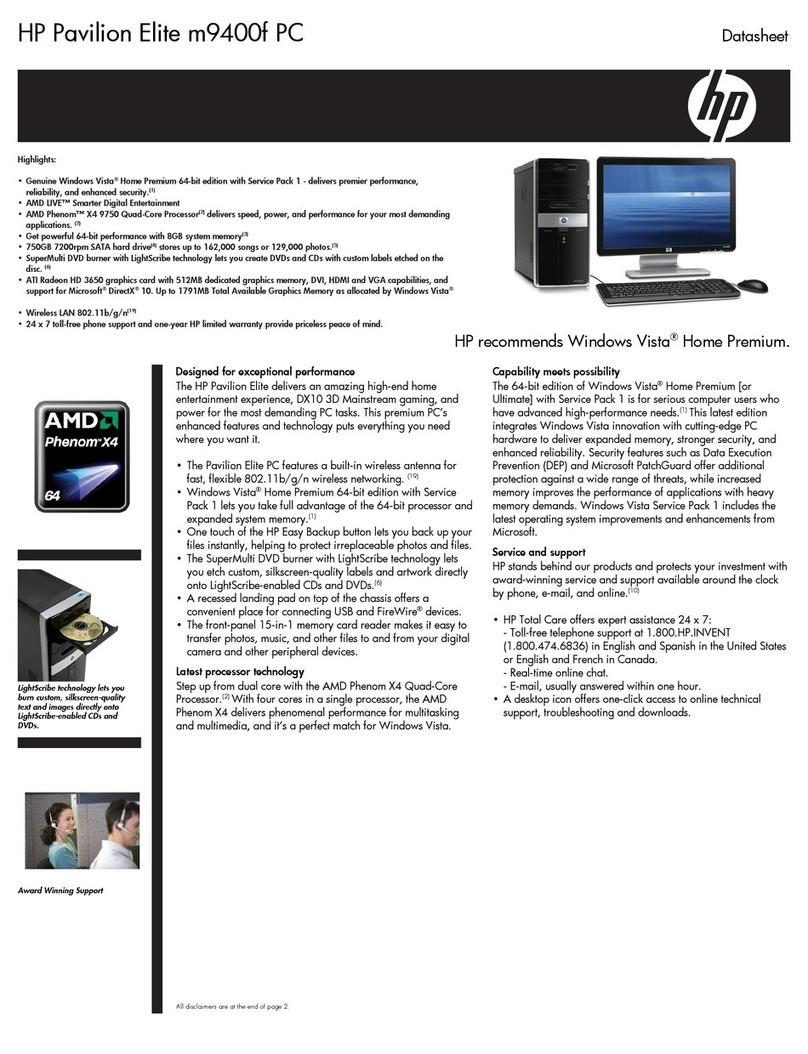
HP
HP m9400f - Pavilion - Elite User manual
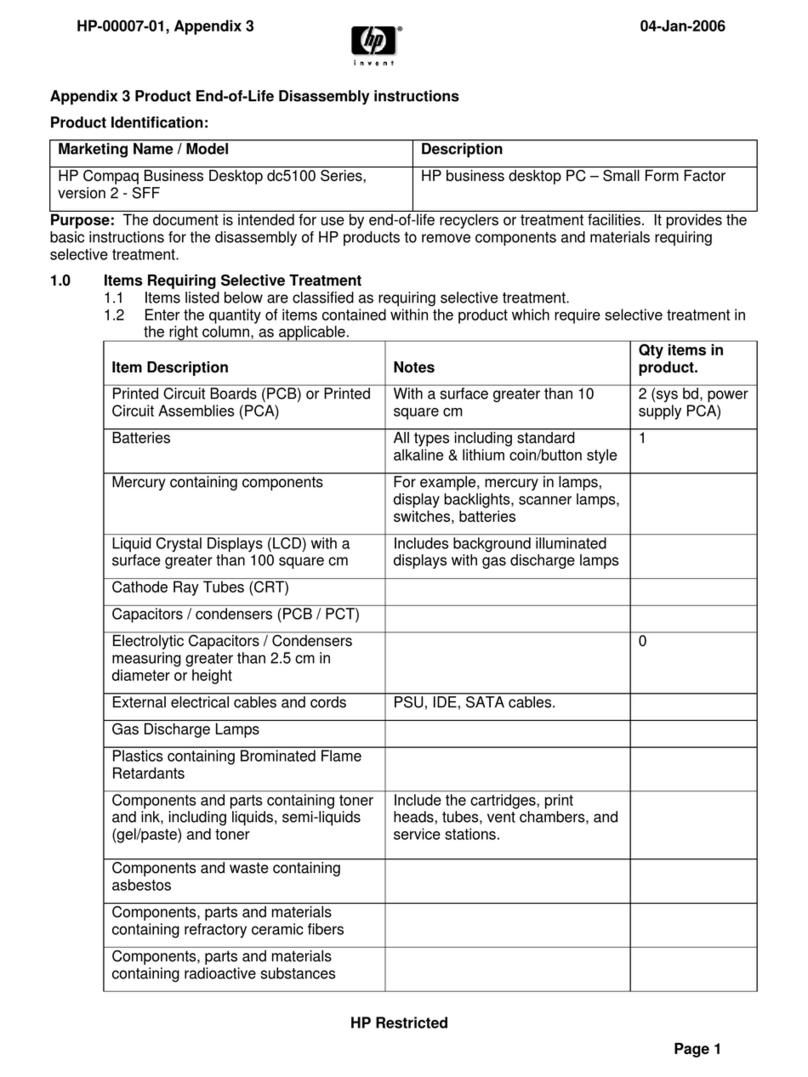
HP
HP Compaq dc5100 Series Assembly instructions

HP
HP Compaq Presario Installation instructions
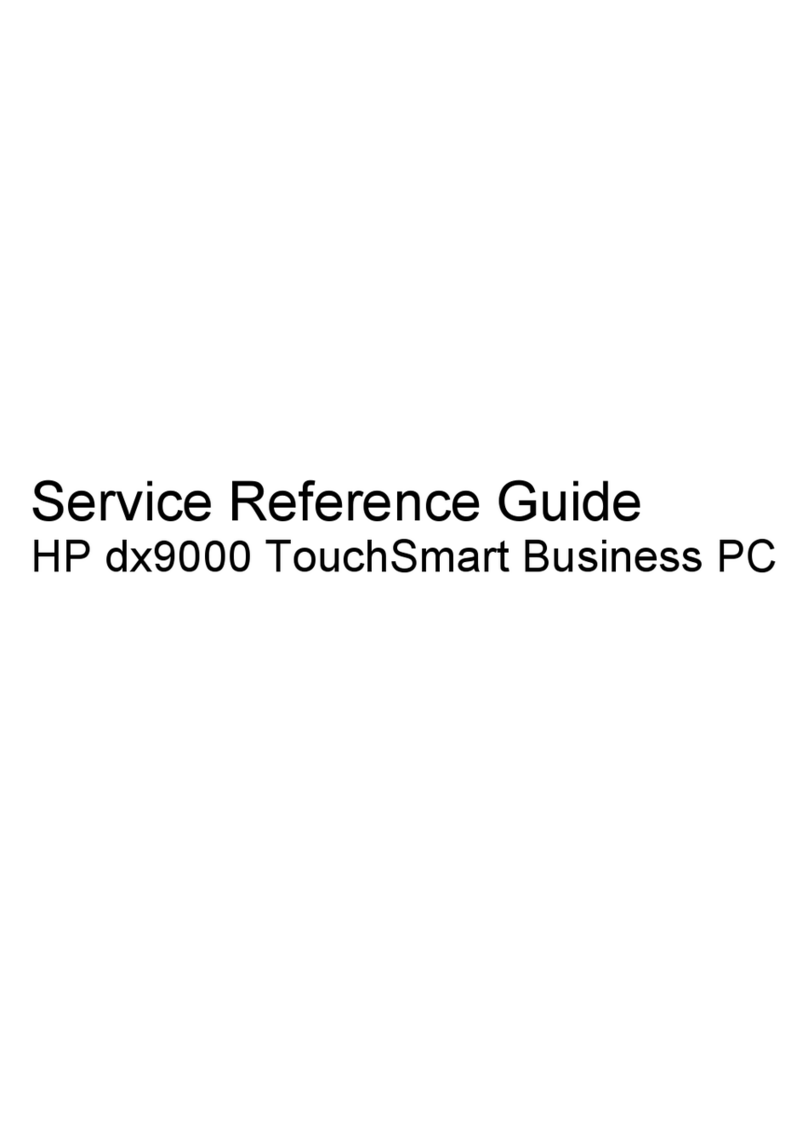
HP
HP TouchSmart dx9000 User manual
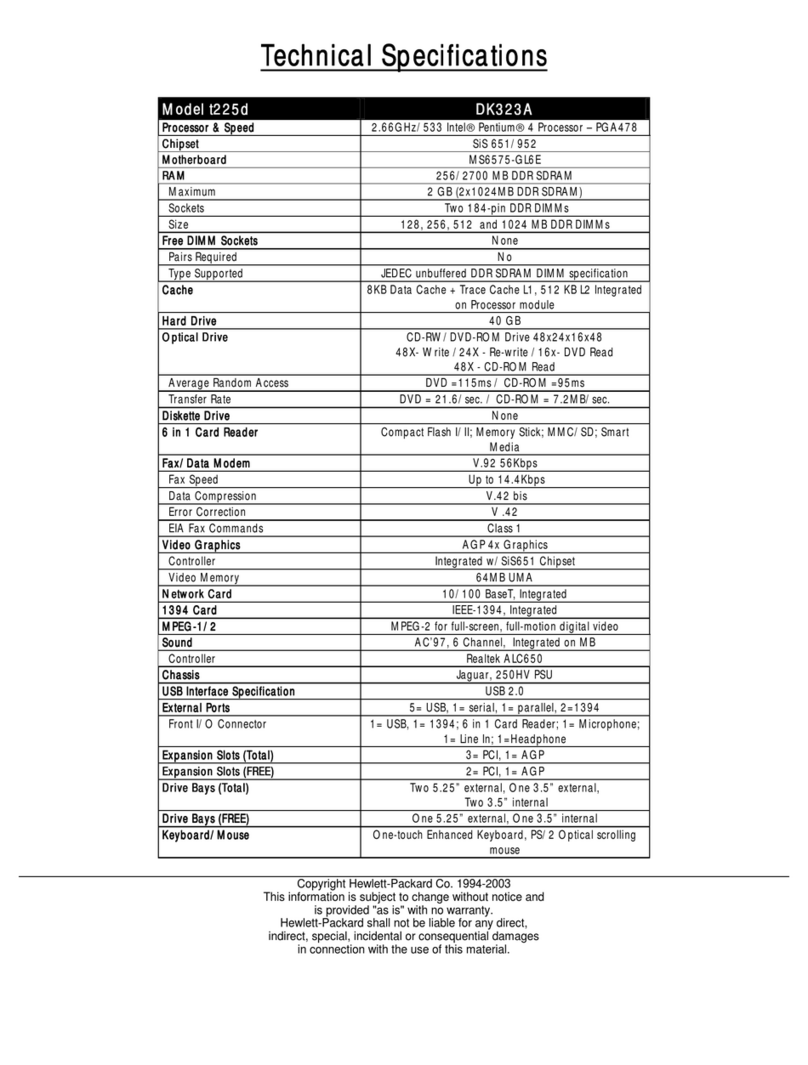
HP
HP Pavilion t225d User manual
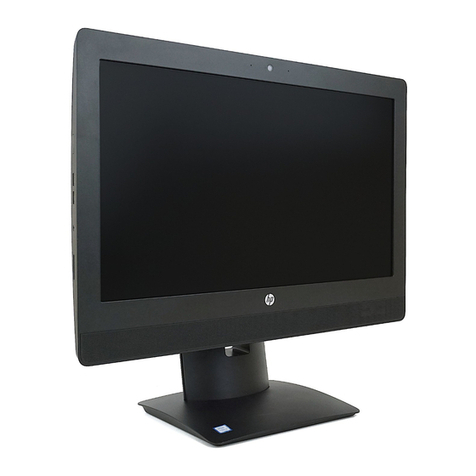
HP
HP ProOne 600 G3 User manual
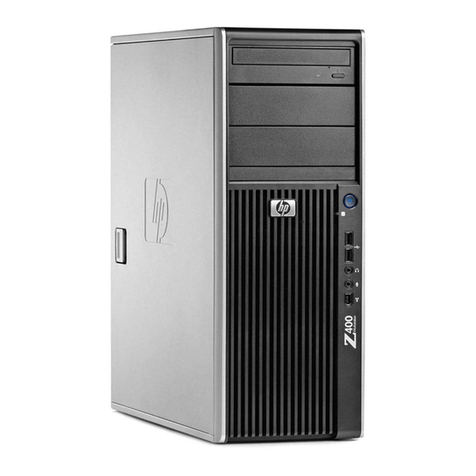
HP
HP Z400 - Workstation User instructions

HP
HP Pavilion t237k User manual

HP
HP Compaq Presario Specification sheet
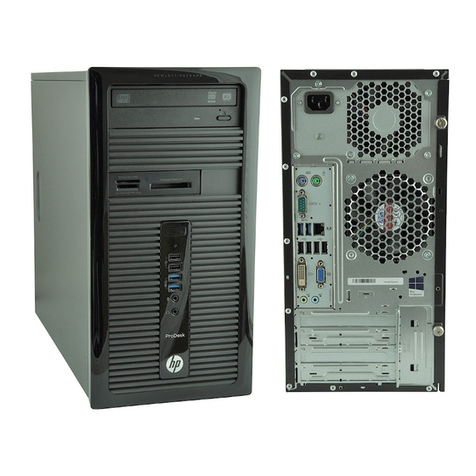
HP
HP ProDesk 400 G1 Manual

HP
HP EliteDesk 705 G4 Operating and maintenance manual

HP
HP TouchSmart 610 PC User manual

HP
HP A6219h - Pavilion - 2 GB RAM Use and maintenance manual

HP
HP Pavilion 304 User manual
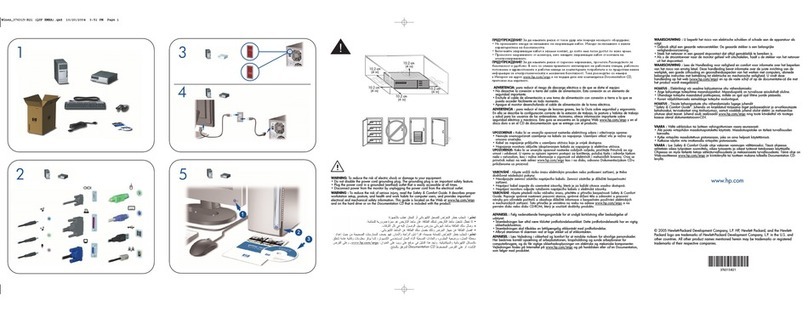
HP
HP dc5100 - Microtower PC Specification sheet
